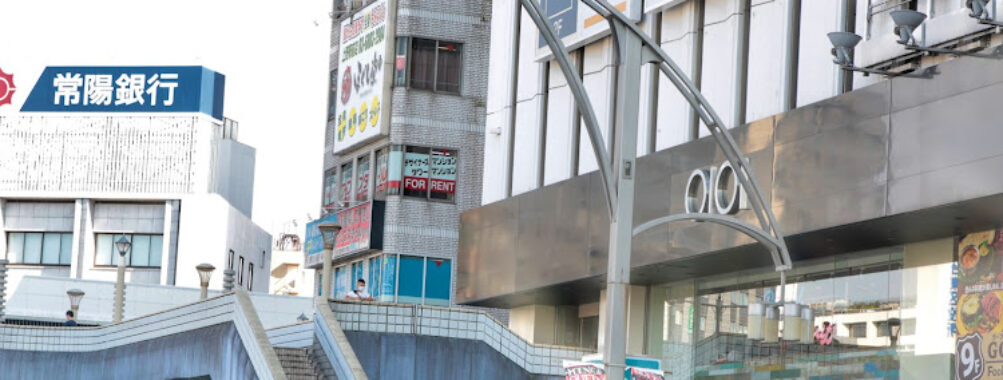
Joyo Bank Ueno Branch
Table of Contents
Description
Look, I’ve been to quite a few banks in my travels through Japan, and the Joyo Bank Ueno Branch is… well, it’s exactly what you’d expect from a Japanese financial institution – efficient and straight to the point. Having spent some time here during my last visit to sort out some currency exchange, I can tell you it’s your typical Japanese bank branch, though I gotta say the service could be hit or miss depending on when you go.
Key Features
• Full-service banking facilities with English-speaking staff (though limited)
• Currency exchange services for international travelers
• Modern ATM facilities accessible during extended hours
• Clean, air-conditioned waiting area
• Basic amenities including seating and water dispenser
• Security personnel on premises
• Document processing services
• International remittance services
Best Time to Visit
From my experience, you’ll want to time this right. The sweet spot is typically mid-morning on weekdays, around 10:30 AM to noon. That’s when the early morning rush has died down but before the lunch crowd hits. And here’s a pro tip I learned the hard way – avoid going on the last and first days of the month. That’s when local residents flood in to handle their monthly banking needs, and you might end up waiting longer than necessary.
How to Get There
The Ueno area is pretty well-connected, which makes getting to this branch pretty straightforward. You can hop off at Ueno Station and take a short walk. I usually cut through the side streets – it’s actually a nice little walk that gives you a peek into the local neighborhood. The bank’s pretty visible from the main road, and you’ll spot the distinctive Joyo Bank signage easily enough.
Tips for Visiting
Ok, so here’s what I wish someone had told me before my first visit. Bring your passport – they’re strict about ID requirements for international transactions. If you’re planning to exchange money, morning rates are typically posted by 10 AM, and they tend to be slightly better than what you’ll find at the airport exchanges.
Remember, Japanese banks operate differently from what you might be used to back home. They close pretty early (usually around 3 PM), and they’re definitely not open on weekends or national holidays. Oh, and while the ATMs work longer hours, they sometimes go offline for maintenance late at night.
I’d recommend learning a few basic Japanese banking terms – it’ll make your life easier. Even something as simple as “ryōgae” (currency exchange) can help smooth things along. And don’t forget to grab a number from the ticket machine when you enter – I spent an embarrassing 15 minutes once before realizing I needed one!
One thing that caught me off guard during my last visit – the staff might take a bit longer to process international transactions compared to local ones. It’s not because they’re being difficult; they’re just super thorough with their procedures. Pack some patience, maybe download a podcast for entertainment while you wait.
Also, if you’re making a significant transaction, try to go on a weekday morning when the more experienced staff are usually on duty. And yes, while some staff speak English, don’t count on everyone being fluent. I’ve found that having relevant details written down in advance (like account numbers or transaction amounts) helps prevent any confusion.
Trust me on this one – checking their holiday schedule beforehand can save you a wasted trip. Japanese banks have some unique holiday closures that might not align with what you’re used to. And if you need to do anything more complicated than a basic transaction, calling ahead to check if they have English-speaking staff available that day isn’t a bad idea.
Location
Places to Stay Near Joyo Bank Ueno Branch
Find and Book a Tour
Explore More Travel Guides
No reviews found! Be the first to review!